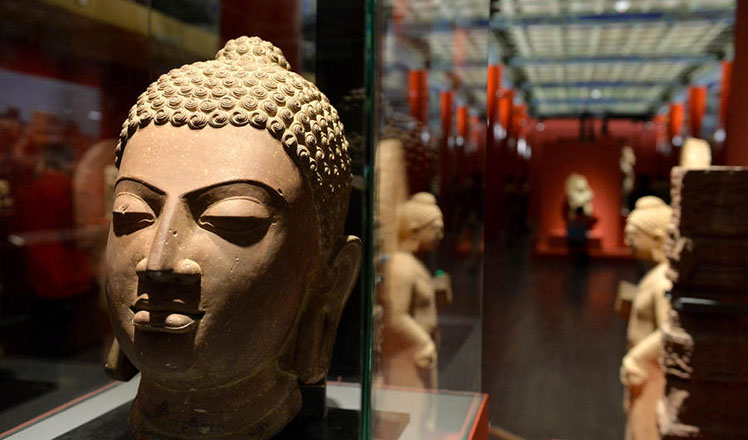Qing Dynasty culture and architecture preserved
Updated: 2016-10-05 09:39
By Zhu Lixin(China Daily)
|
||||||||
The high-speed railway connecting Hefei in Anhui province and Fuzhou in Fujian province is often referred to as the "Most Beautiful Rail".
Operational as of June, 2015, the railway is a part of the Beijing-Fuzhou railway and passes the mountainous regions in Anhui, Jiangxi and Fujian provinces.
Local officials in Anhui recently told me that the busiest stop along the rail is Huangshan station.
 |
|
Zhu Lixin |
Huangshan city is best known globally for Huangshan Mountain, or the Yellow Mountain. Many people describe Huangshan Mountain by quoting Xu Xiake, a famous travel writer from the Ming Dynasty (1368-1644), as saying that "One doesn't want to visit other mountains after returning from Huangshan Mountain".
In 1990, the area was added to the UNESCO World Heritage list and it was also named a Global Geopark in 2004. But in a recent visit to the region, I believe that the real pleasure of traveling in Huangshan lies not only up in the clouds, but more importantly down between the mountains.
Last year, more than 3.18 million tourists visited the mountain, while 46.7 million people visited all the tourism resorts in Huangshan city, according to official data.
Recently, a group of friends and I visited some of the local villages by car. Local residences painted in white and black-a typical architectural style in the southern part of Anhui, influenced by the ancient merchant culture dating back to the Qing Dynasty (1644-1911)-dot both sides of the road.
As mountainous as the region is, Huangshan city enjoys a forestry coverage rate of more than 92 percent. Where there is flat land and a river or brook, there is probably a village, and most of the villages are still formed in the ancient style.
I saw women washing clothes in the crystal streams, cattle grazing on grass land, accompanied by birds, and farmers harvesting rice in the fields.
We drove into a village in Xiuning county, just for some random sightseeing, and I was interested in howthe local villagers breed fish.
The villagers draw in the spring and stream water into the cellars beneath their houses, which are often two-floor ones made of brick, stone and wood. Thanks to the good spring water, locals don't need to do much except feed the fish vegetable leaves. They told me the fishing method traces its roots to the Song Dynasty (960-1279).
But this village is not as well known as some of the other ones, such as Yixian county's Hongcun village, which enjoys hundreds of ancient houses built in the Ming Dynasty and the Qing Dynasty, and has been listed as an AAAAA tourism spot, the highest level in the country's tourism sector.
In these villages, there are plenty of hostels in ancient residences. Ancient as the outlooks are, the inside of the hostels are mostly well decorated to make the tenants more comfortable. If they are interested in the original furnishings of the houses, they can also go to some of the most famous houses, which are listed as cultural historic relics.

 Top 10 Chinese cities with 'internet plus transportation’
Top 10 Chinese cities with 'internet plus transportation’
 New energy cars shine at Paris Motor Show
New energy cars shine at Paris Motor Show
 23 baby giant pandas make debut in Chengdu
23 baby giant pandas make debut in Chengdu
 Heritage list salutes Chinese architecture
Heritage list salutes Chinese architecture
 Happy hour for prince and princess in Canada
Happy hour for prince and princess in Canada
 Chinese and Indian sculptures on display at the Palace Museum in Beijing
Chinese and Indian sculptures on display at the Palace Museum in Beijing
 Rescue work at the typhoon-hit provinces
Rescue work at the typhoon-hit provinces
 Wonderland-like sunrise in East China
Wonderland-like sunrise in East China
Most Viewed
Editor's Picks

|

|

|

|

|

|
Today's Top News
Trump outlines anti-terror plan, proposing extreme vetting for immigrants
Phelps puts spotlight on cupping
US launches airstrikes against IS targets in Libya's Sirte
Ministry slams US-Korean THAAD deployment
Two police officers shot at protest in Dallas
Abe's blame game reveals his policies failing to get results
Ending wildlife trafficking must be policy priority in Asia
Effects of supply-side reform take time to be seen
US Weekly

|

|







